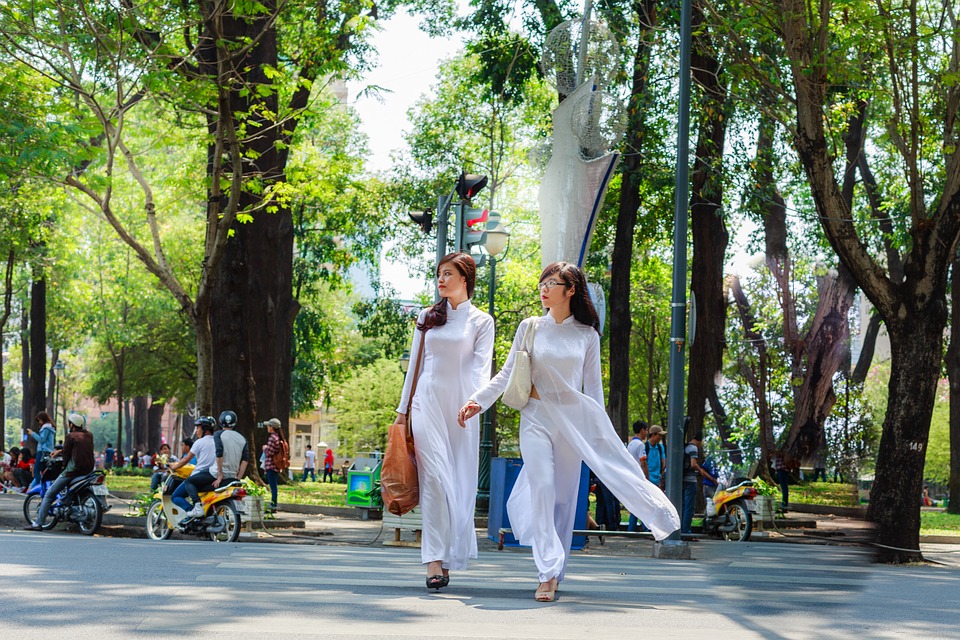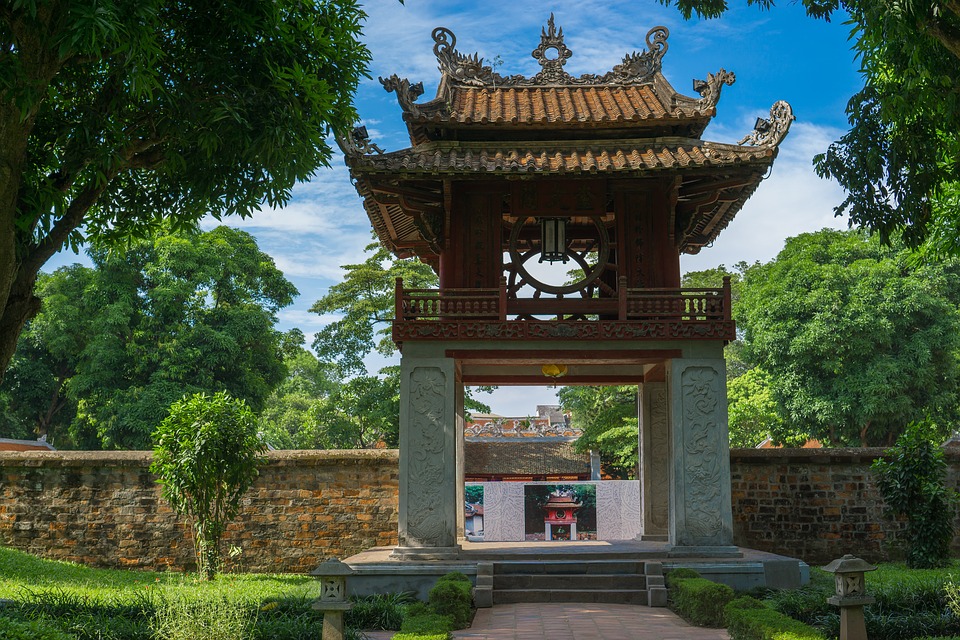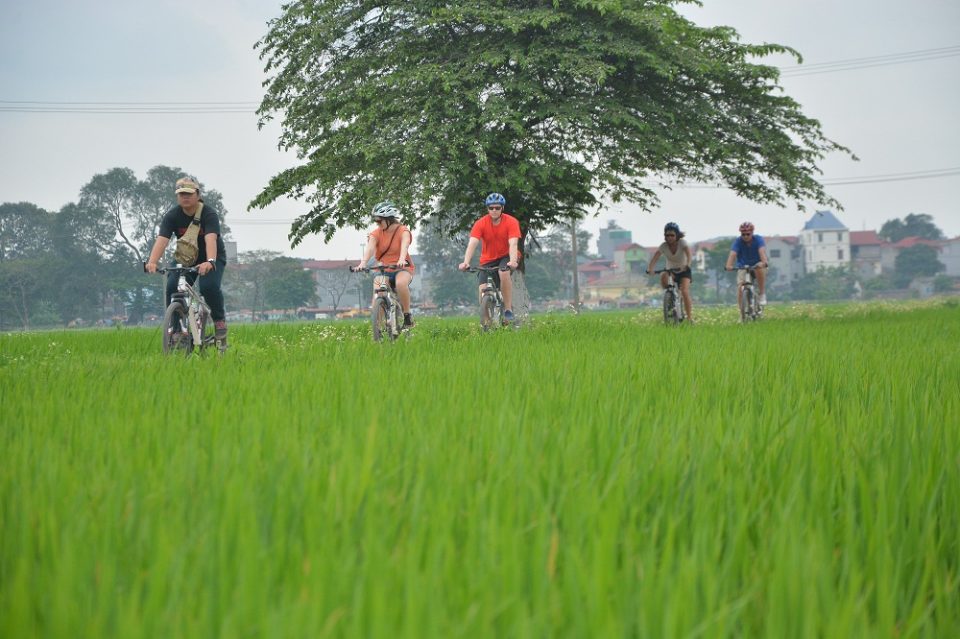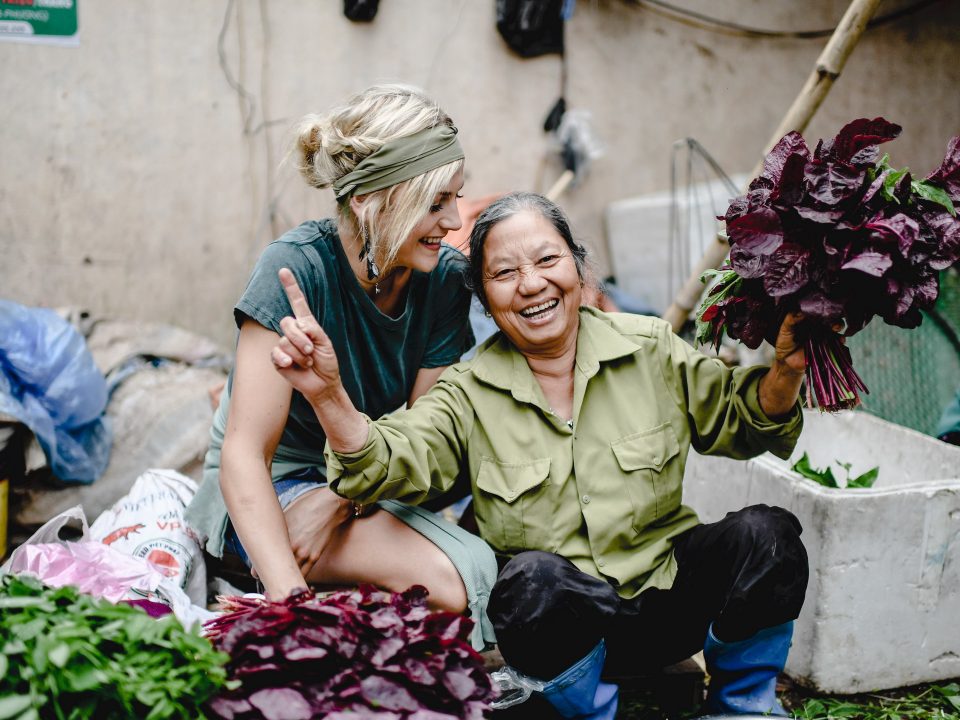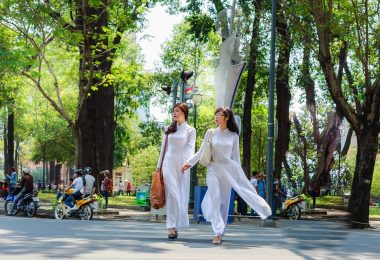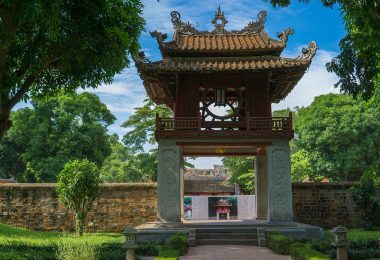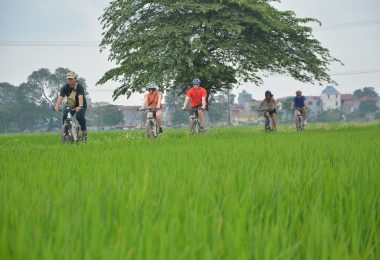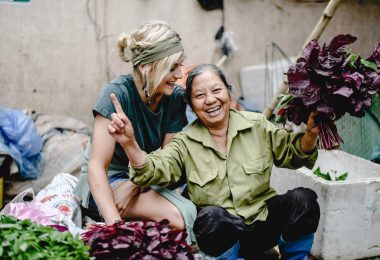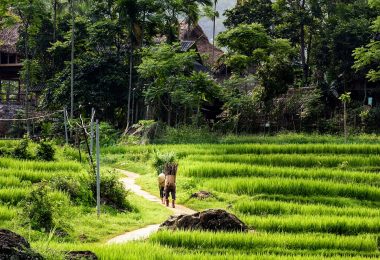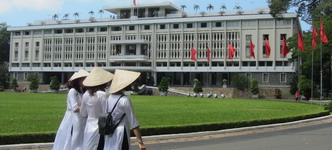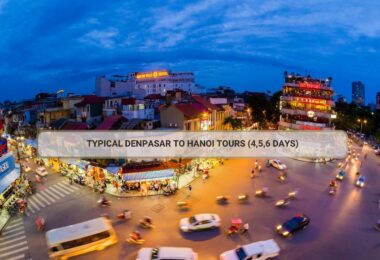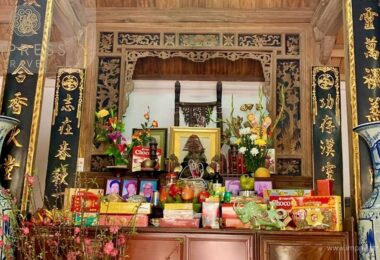Hanoi, Vietnam’s capital, is a city steeped in history and culture. Its culinary scene is no less rich, with a plethora of street foods that reflect the traditions and flavors of Vietnamese cuisine. One such dish is bún đậu mắm tôm, commonly known simply as bún đậu. This simple yet flavorful dish features vermicelli noodles (bún), tofu (đậu), and shrimp paste (mắm tôm), often accompanied by an assortment of other ingredients. Join us as we delve into the fascinating story, history, and intricate details of bún đậu.
The Story and History of Bun Dau
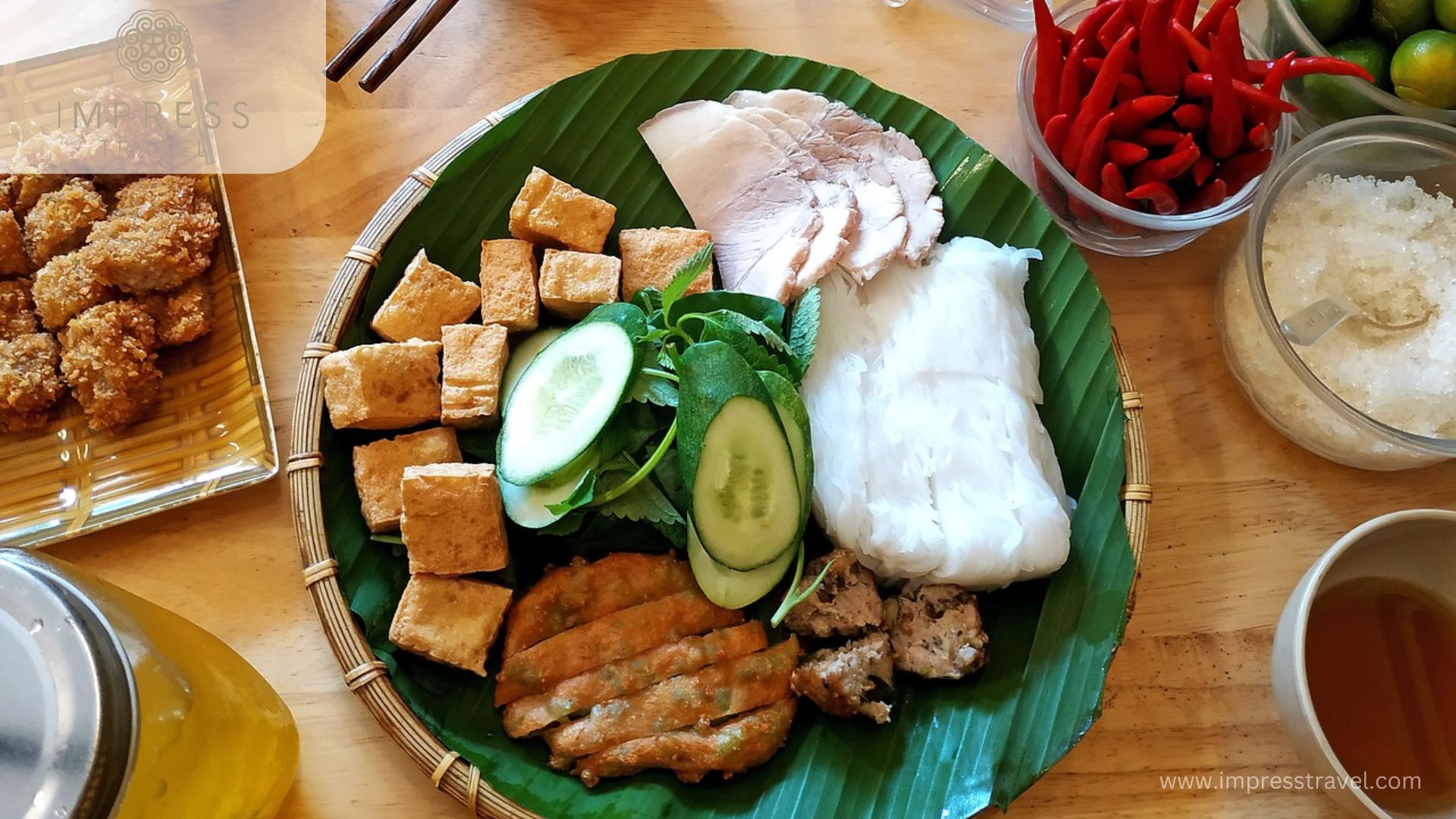
Bun Dau
The story of Bun dau, a popular Vietnamese dish, is one that reflects the ingenuity, resourcefulness, and rich culinary heritage of the Vietnamese people. Originating in Northern Vietnam, Bun dau has evolved over centuries, becoming a beloved staple of Vietnamese cuisine enjoyed by locals and travelers alike.
The name “Bun dau" translates to “vermicelli and tofu" in English, a nod to the two main components of the dish. Bun dau is typically made with thin rice vermicelli noodles served alongside crispy fried tofu, fresh herbs, and a variety of dipping sauces.
The origins of Bun dau can be traced back to the bustling streets of Hanoi, where it first emerged as a humble street food enjoyed by workers and vendors in the city’s markets and alleyways. Born out of necessity and creativity, Bun dau was created as a way to make use of simple and affordable ingredients to create a delicious and satisfying meal.
The dish gained popularity among the working class of Hanoi, who found its combination of flavors and textures to be both comforting and filling. Over time, Bun dau spread beyond the confines of Hanoi, becoming a popular dish throughout Vietnam and even gaining recognition abroad.
One of the defining features of Bun dau is its versatility, with variations of the dish found across different regions and communities. While the basic recipe remains largely unchanged, different regions may add their own unique twists, such as different types of dipping sauces, additional toppings, or variations in the way the tofu is prepared.
To prepare Bun dau, thin rice vermicelli noodles are cooked until tender and then drained and rinsed with cold water to remove excess starch. Crispy fried tofu is served alongside the noodles, along with an assortment of fresh herbs such as mint, cilantro, and Vietnamese basil. Dipping sauces, such as nuoc cham (a tangy fish sauce-based dip) or mam tom (fermented shrimp paste), are served on the side to add flavor to each bite.
The beauty of Bun dau lies in its simplicity and its ability to bring people together. Whether enjoyed as a quick street food snack or as a leisurely meal shared with family and friends, Bun dau offers a taste of Vietnam’s rich culinary heritage and a glimpse into the resourcefulness and creativity of its people.
The exact date of bún đậu’s invention is unclear, but it is believed to have been around for several centuries. The dish’s evolution reflects the broader history of Hanoi and Vietnam, influenced by various culinary traditions brought in through trade and colonization. For example, the use of fermented shrimp paste (mắm tôm) is a testament to the Vietnamese penchant for bold, umami-rich flavors, while the inclusion of fresh herbs highlights the importance of freshness and balance in Vietnamese cuisine.
Course and Type
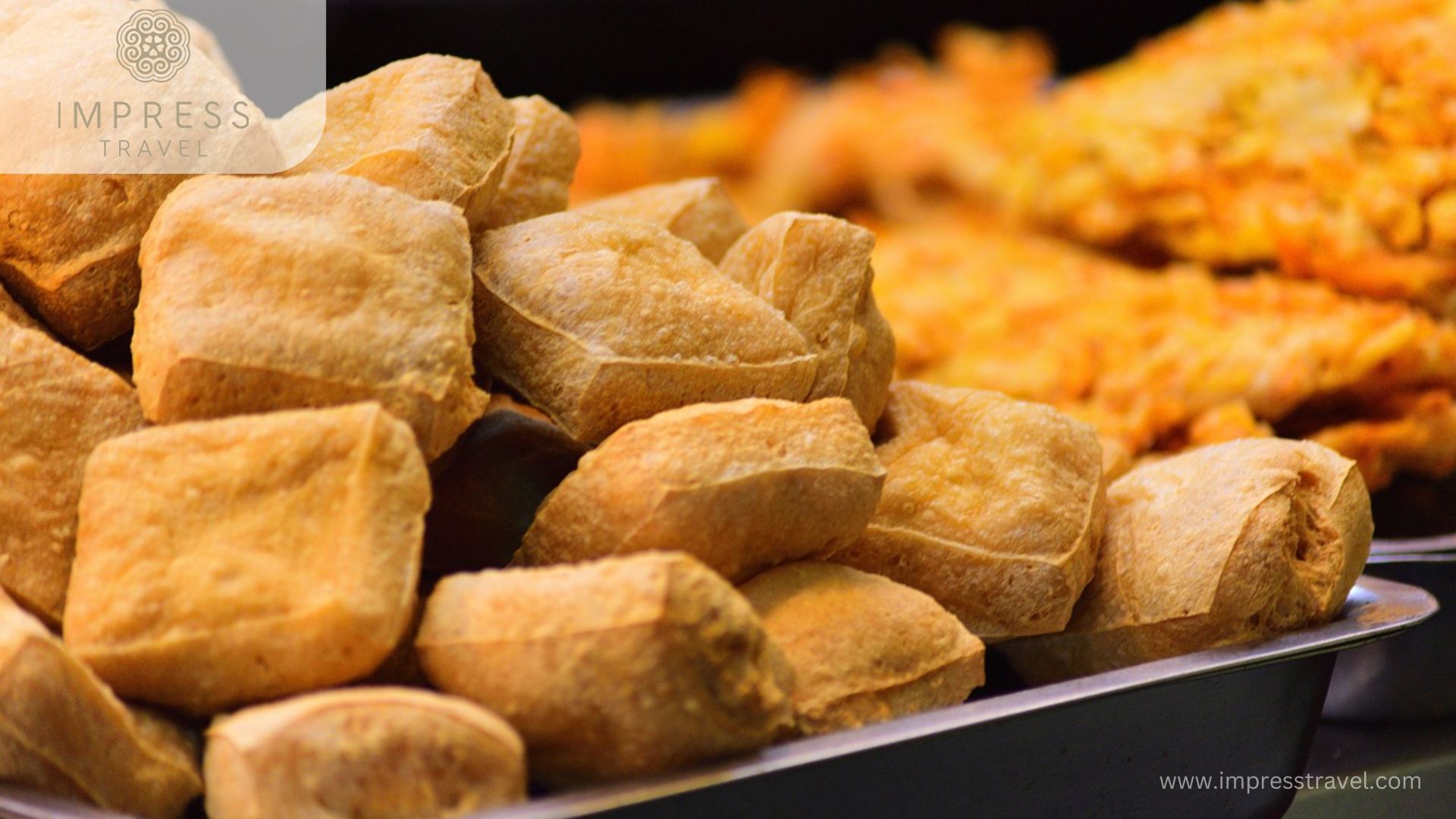
Fried tofu
Bún đậu is typically served as a main course, though it can also be enjoyed as a hearty lunch. It falls under the category of noodle dishes, which are a staple in Vietnamese cuisine. The dish’s main components – vermicelli noodles and tofu – are complemented by an array of accompaniments that can vary depending on the vendor or restaurant. These often include different types of pork, such as boiled pork belly or fried pork sausage, as well as fresh herbs and vegetables.
Ingredients and How to Cook Bun Dau
The ingredients for bún đậu are simple yet flavorful, each playing a crucial role in creating the dish’s unique taste and texture. Here’s a breakdown of the key ingredients and the steps to prepare bún đậu:
Ingredients
Vermicelli Noodles (Bún): These thin rice noodles are the base of the dish.
Tofu (Đậu): Typically, firm tofu is used, which is fried until golden and crispy.
Shrimp Paste (Mắm Tôm): This fermented shrimp paste is mixed with lime juice, sugar, and chili to create a pungent, flavorful dipping sauce.
Herbs and Vegetables: Fresh herbs such as perilla leaves, mint, and Vietnamese balm are essential, along with slices of cucumber and pickled vegetables.
Additional Proteins (optional): Boiled pork belly, fried pork sausage (chả cốm), and other meats can be included.
Lime, Sugar, and Chili: For adjusting the taste of the shrimp paste.
Cooking Instructions
- Prepare the Tofu
- Cook the Vermicelli Noodles
- Prepare the Shrimp Paste Dipping Sauce
- Prepare Additional Proteins (if using)
- Assemble the Dish
- Serve
How to Serve Bun Dau
Bún đậu is typically served on a large communal platter, with individual portions of vermicelli noodles, fried tofu, and other accompaniments arranged around the edges. Fresh herbs and vegetables are placed in the center, and small bowls of shrimp paste dipping sauce are provided for each diner. This communal style of serving reflects the Vietnamese emphasis on shared meals and social dining.
When eating bún đậu, diners are encouraged to create their own combinations, dipping each bite into the shrimp paste sauce for a burst of flavor. The interplay of textures – the softness of the noodles, the crispiness of the tofu, the freshness of the herbs – and the bold, umami-rich shrimp paste create a unique and satisfying dining experience.
Where to Eat Bun Dau in Hanoi
Hanoi is dotted with numerous eateries and street vendors that specialize in bún đậu, each offering their own twist on this classic dish. Here are some notable places where you can enjoy bún đậu in Hanoi:
Bún Đậu Mắm Tôm Hàng Khay:
Address: 31 Hàng Khay, Hoàn Kiếm, Hanoi
Known for its generous portions and authentic flavors, this eatery is a favorite among locals and tourists alike.
Bún Đậu Cây Đa:
Address: 235B Thụy Khuê, Tây Hồ, Hanoi
A popular spot for bún đậu, offering a wide variety of accompaniments and a bustling, lively atmosphere.
Bún Đậu Mẹt:
Address: 49 Phất Lộc, Hoàn Kiếm, Hanoi
This small, cozy eatery is famous for its meticulously prepared bún đậu, served in traditional bamboo trays (mẹt).
Street Vendors in the Old Quarter:
The Old Quarter is the heart of Hanoi’s street food scene, with countless vendors selling bún đậu from makeshift stalls. Wander the narrow streets and follow the tantalizing aromas to discover hidden gems.
The Cultural Significance of Bun Dau
Bun dau is more than just a dish; it is a symbol of Hanoi’s rich culinary heritage and communal dining culture. The simplicity of the ingredients belies the complexity of the flavors, reflecting the Vietnamese philosophy of balance and harmony in food. Each component of bún đậu contributes to a cohesive whole, creating a dish that is greater than the sum of its parts.
In Hanoi, bun dau is often enjoyed as a midday meal, providing sustenance and comfort to those who partake. The act of sharing a platter of bún đậu with friends or family fosters a sense of connection and community, reinforcing the social bonds that are central to Vietnamese culture.
Modern Innovations and Variations
While traditional bun dau remains the most popular, modern variations and innovations have emerged to cater to diverse tastes and dietary preferences. Some restaurants offer vegetarian versions of bún đậu, substituting the pork with additional tofu or mushrooms. Others experiment with different types of dipping sauces, incorporating ingredients such as tamarind or soy sauce for a unique twist on the classic shrimp paste.
Additionally, bún đậu has found its way onto the menus of upscale Vietnamese restaurants, where chefs elevate the dish with premium ingredients and artistic presentations. These modern interpretations maintain the essence of bún đậu while showcasing the creativity and versatility of Vietnamese cuisine.
Global Recognition and Influence
Bún đậu has gained international recognition as part of the global appreciation for Vietnamese cuisine. It has been featured in numerous food documentaries and culinary shows, highlighting its unique flavors and cultural significance. The dish has inspired chefs around the world to incorporate its elements into their menus, often with creative twists that reflect their own culinary traditions.
As Vietnamese cuisine continues to gain popularity on the global stage, bún đậu serves as an ambassador of sorts, introducing people to the rich and diverse flavors of Vietnam. Its simplicity, versatility, and bold flavors make it a favorite among food enthusiasts and chefs alike.
Conclusion
Bún đậu is a culinary gem that encapsulates the essence of Hanoi’s street food culture. Its rich history, balanced flavors, and communal dining style make it a must-try for anyone visiting Vietnam. Whether enjoyed at a renowned restaurant or from a humble street vendor, Bun dau offers a delicious and authentic taste of Vietnamese cuisine.
As you wander through the bustling streets of Hanoi, take the time to savor the flavors of bún đậu and immerse yourself in the vibrant culinary traditions of this historic city. From its humble origins as a street food staple to its status as a beloved cultural icon, bún đậu is a testament to the rich culinary heritage of Hanoi and the enduring spirit of its people. So come, join us on a gastronomic journey through the vibrant streets of Hanoi, where every bite tells a story and every meal is an adventure waiting to be savored.
Don’t forget to regularly follow our Facebook page and Website for more interesting information about traveling to Hanoi and to book Hanoi tours at the best prices.


































